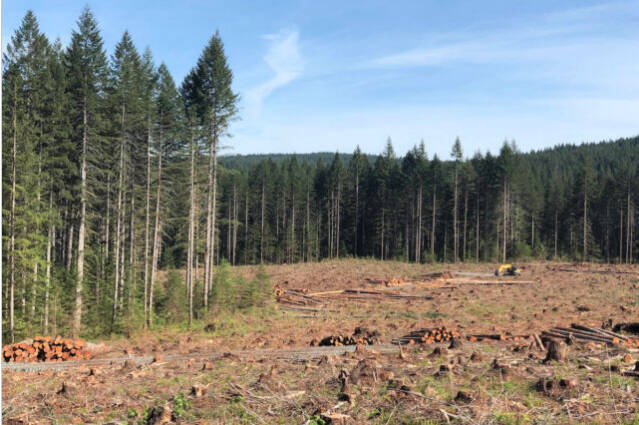In June, the B.C. government released a forestry modernization plan which outlines a broad look on how to improve forestry policies.
One of the main focuses in the plan is diversifying the forest sector and providing more support and opportunities for smaller communities and Indigenous communities through the redistribution of tenures, which in theory would benefit both the Burns Lake community forest as well as the Chinook community forest.
However, according to Burns Lake Community Forest Manager Frank Varga, that may not be the case. “In my opinion, the current structure of the community forest agreement of area-based tenures held by communities in combination and collaboration with First Nation partnerships and ownership are a very effective tenure system. As area base tenures, we have first nation participation and partnerships already existing in the province of B.C. through the many community forest agreements that are in place,” he told Lakes District News.
I think that the community forest licenses currently in place provide the balanced approach of community control of local resources, respecting the principles of stewardship and first nations rights and title, while ensuring long term area-based tenure controlled at a local level.
The policy document issued by the B.C. government indicates that the motivation for changing community forest timber pricing is to strengthen the social contract by; supporting local communities by ensuring the growth of good jobs and long-term economic opportunities, ensuring that local communities, including indigenous communities, have opportunities to benefit from the resources coming from their own backyards, and maximizing B.C.’s benefit in terms of jobs and value from resources.
According to the document, in some situations such as when the timber supply is decreasing, the chief forester will determine if the allowable annual cut (AAC) needs to be reduced to maintain a sustainable harvest rate. This means that the harvest volume allocated through licences in the area must be reduced to maintain a sustainable harvest rate.
Current policy uses a proportionate reduction method where all tenure holders experience a similar percentage decrease to their licence.
In the modernization plan, the government intends to change this method to allow for consideration of the unique pressures faced by small operators, community forests and Indigenous communities. In essence, a more flexible approach to determining AAC will be introduced.
According to Varga, the effect will in reality be the opposite. “The proposed timber pricing policy change undermines the ability of community forests to achieve the very objectives that the government, communities and First Nations partners seek and value. A community forest’s ability to support community initiatives, increase local employment, innovate in forest management, and broadly develop our local, small, rural communities is directly tied to the benefits derived from the tabular rate pricing system,” he said.
“The existing pricing system for community forests is critical to achieving the government’s objectives for the program and to satisfying the motivations of government.”
Varga went on to say that the government is proposing to harmonize community forest timber pricing policy with the policy that applies to large corporation, and that such a policy intention would disregard the fact that community forests are legally bound to accomplish the objectives set by the province for the community forest program.
“I think if the government wants to be successful with an attempt to modernize forest policy. They need to start with meaningfully engaging First Nations, Communities and Professionals of subject matter experts who were all largely ignored in preparation of the initial information in the paper,” said Varga.
“In general, I think there are some great intentions here, but somehow, they missed the mark on initial launch.”

